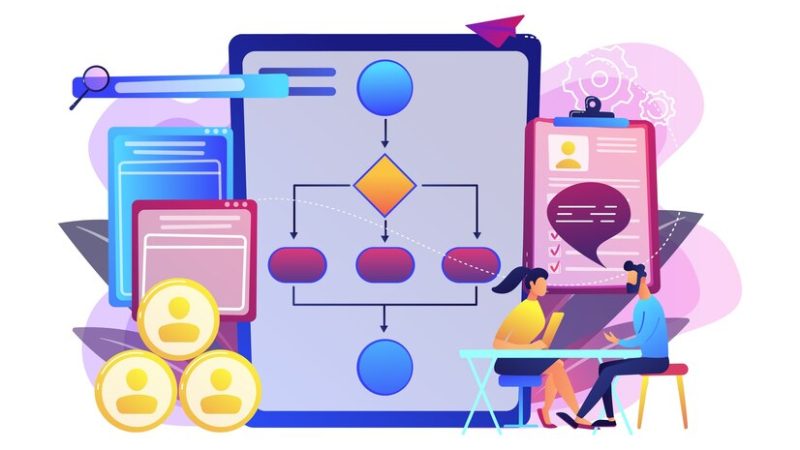For businesses and organizations dealing with composite data, making sense of the numbers can be quite challenging. This is where visuals like stacked bar charts can make a huge difference. Stacked bar charts are useful tools for displaying and understanding compound data. These charts help make data analysis easier and visual interpretations more effective. In this article, we will delve into stacked bar charts. Keep reading to learn more.
Understanding Stacked Bar Charts: The Basics
As the name suggests, stacked bar charts stack data in a bar format. Different colors or hues are generally employed to represent different data categories. These charts can display the total of all combined categories, and each color illustrates how much each category contributes towards the total.
Stacked bar charts are an excellent choice for comparing totals and seeing the composition of different categories. They are particularly useful when all groups’ combined sum or difference is significant or when analyzing relative changes across different categories is important.
How Stacked Bar Charts Enhance Business Data Analysis
Data visualization tools like stacked bar charts help businesses make sense of complex data. With them, management can better understand their business’s key performance indicators and other essential data points. They also aid in identifying underlying trends or outliers that might remain undetected in raw data.
In market research, for example, stacked bar charts allow businesses to understand customers’ preferences more deeply. A chart could show the total number of sales and then break that data into categories such as product types, age groups, geographic regions, etc.
Stacked bar charts also enhance internal communication and presentations. Clear data visualization greatly simplifies communicating complex ideas to stakeholders and teams. Information is easier to digest and comprehend when sequestered into visual elements.
The Future of Business Analytics: Leveraging Stacked Bar Charts
As technology continues to evolve, so does the role of data in decision-making. Businesses are beginning to tap more into data analytics for growth and competitive advantage. As significant data visualization tools, stacked bar charts will continue playing essential roles in future business analytics.
Data analytics solutions are increasingly incorporating artificial intelligence (AI) and machine learning technologies to automate the generation of insights. These technologies will be able to sift through reams of data to create insightful visualizations, including stacked bar charts, in a fraction of the time it currently takes.
Thus, understanding and mastering stacked bar charts will aid businesses in staying relevant with this future evolution. Analyzing past business performance, forecasting future outcomes, and tracking real-time changes in market dynamics will make these tasks more efficient with sophisticated data visualizations.
Mastering the Art of Creating Effective Stacked Bar Charts in Business
Creating effective stacked bar charts requires consideration of several factors. Top on the list is using appropriate data grouping. Ensure the categorization of data meaningfully and in line with the objective of the analysis.
The chart layout must also be well-organized. Use colors wisely to distinguish between categories and avoid overwhelming the viewer with overly complicated designs. Make sure the chart is easy to read and understand. Any confusion would defeat the purpose of data visualization.
The creation of the chart is only part of the process. Aligning chart presentations to the identified target audience is equally crucial for effectively communicating insights.
Mastering the art of stacked bar graphs includes understanding how to use them in your business.








